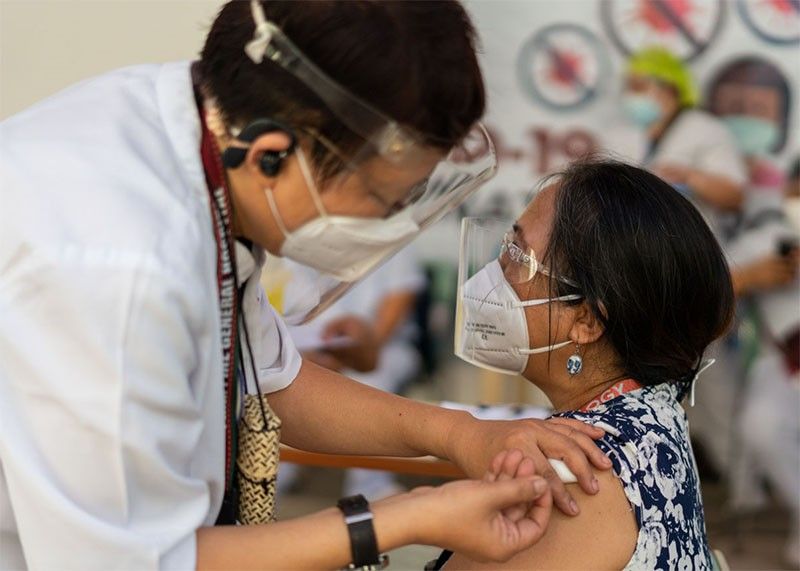Take control of your bad cholesterol


It’s the "ber" months already and before long, we’ll be attending reunions and Christmas parties, where among the mainstays on the dining table are lechon, crispy pata, sisig and fried chicken. Of course, we want to fully enjoy these events, but just a healthy reminder: watch your cholesterol level.

I recently hosted a disease management awareness event organized by Sanofi Philippines and A.Menarini Philippines titled “Lipid Talks: Bad Cholesterol, Dapat I-control.” The experts at the event have an alarming revelation: 47.2% of Filipino adults exhibit borderline to high total cholesterol levels and 47.5% show borderline to high levels of bad cholesterol. This makes the Philippines one of the countries in Southeast Asia with the highest prevalence of elevated bad cholesterol levels.
Cholesterol is a naturally occurring substance in the body that travels through the bloodstream as lipoproteins, says Dr. Mia Fojas, endocrinologist and past president of PCEDM. “Two main types of lipoprotein are high-density lipoprotein (HDL) or ‘good cholesterol’ and low-density lipoprotein (LDL) or ‘bad cholesterol’. Too much of the latter in the body is concerning as it can pose serious health risks,” she explains. The condition characterized by excessive bad cholesterol in the blood is called dyslipidemia.
Can high cholesterol level be harmful to our health? The answer is yes. “Elevated levels of bad cholesterol can clog the arteries and result in severe complications like stroke and heart attack, both of which are among the top killers in the country,” says Dr. Jude Erric Cinco, cardiologist and immediate past president of PHA.


Here’s another fact! If you think that only older adults are susceptible to dyslipidemia, you’re wrong. People of all ages can increase their risk of unhealthy cholesterol levels by having a poor diet, being obese, not exercising, smoking, or drinking too much alcohol. Dyslipidemia is more common in people over 40, but it can also occur in children. The disease does not have any symptoms, so it can be difficult to diagnose.
“The only way to know if you have unhealthy levels of bad cholesterol is by getting a blood test,” says Dr. Fojas. “And it is important that Filipinos regularly speak with their doctor so they can better understand how to prevent and manage it.”
Lifestyle changes, such as eating a healthy diet, exercising regularly, losing weight, managing stress, and quitting smoking are often recommended for managing dyslipidemia. However, in some cases, these changes may not be enough to lower cholesterol levels. In these cases, a doctor may prescribe medication to help control cholesterol levels.

Dr. Cinco added, “Talk to your doctor so he can help you achieve your target cholesterol level based on your risk category. Your doctor is the best person to recommend an updated and personalized treatment plan that best suits your condition.”
My husband actually has been diagnosed with high cholesterol level and is already taking maintenance medications. So I consider promoting awareness of this health condition as a personal advocacy.
At home, we carefully plan the food we prepare, keeping in mind the diet restrictions of certain family members. Furthermore, we try our best to be more mindful of our eating habits as parents. Eating healthy SHOULD be a family matter, and owe it to our children to bring them up the proper way.
----
Watch Pamilya Talk on Facebook, YouTube and Kumu (@JingCastaneda – 12:00 noon – 1:00 p.m. Monday & Wednesday). You can also follow my social media accounts: Instagram, Facebook, YouTube, Tiktok, Twitter and Kumu. Please share your stories or suggest topics at editorial@jingcastaneda.ph.



















